Description
The Aso-Oke outfit for men is a traditional Yoruba attire that showcases the rich cultural heritage and craftsmanship of the Yoruba people of southwestern Nigeria. Aso-Oke, also known as Aṣọ-Òkè, is a handwoven fabric known for its durability, intricate patterns, and vibrant colors. This traditional outfit is worn during important ceremonies and events, such as weddings, festivals, and chieftaincy ceremonies.
Features of the Aso-Oke Outfit for Men:
- Agbada (Flowing Robe):
- The Agbada is a large, flowing robe that is worn over other garments. It is typically made from Aso-Oke fabric and features wide sleeves and an open front.
- The Agbada is often elaborately embroidered, especially around the neckline, sleeves, and hem, adding to its regal and elegant appearance.
- It is usually worn during very formal or ceremonial occasions, signifying the wearer's high status and importance.
- Buba (Top/Tunic):
- The Buba is a loose-fitting top or tunic that is worn under the Agbada. It has long sleeves and a comfortable, relaxed fit.
- Like the Agbada, the Buba is often made from Aso-Oke fabric and may feature intricate embroidery or woven patterns.
- Sokoto (Trousers):
- The Sokoto are traditional trousers that are worn with the Buba and Agbada. They are usually tailored to fit comfortably and are made from matching or complementary Aso-Oke fabric.
- The trousers are typically straight-legged and may have a drawstring or elastic waistband for ease of wear.
- Fila (Cap):
- The Fila is a traditional Yoruba cap that completes the Aso-Oke outfit. It is often made from the same Aso-Oke fabric as the other garments, ensuring a coordinated look.
- The most common styles of Fila are the Gobi and the Abeti Aja, each with its own distinctive shape and design.
Cultural Significance:
- Symbol of Status and Heritage:
- The Aso-Oke outfit is more than just clothing; it is a symbol of Yoruba identity, status, and heritage. Wearing Aso-Oke signifies pride in cultural roots and respect for tradition.
- Ceremonial Use:
- Aso-Oke outfits are typically reserved for special occasions such as weddings, naming ceremonies, festivals, and important cultural celebrations. They are also worn by chiefs and elders during significant events.
- Artisanal Craftsmanship:
- The process of making Aso-Oke fabric involves skilled artisans who handweave the fabric using traditional looms. The intricate patterns and vibrant colors reflect the artistry and craftsmanship of the weavers.
Styling and Accessories:
- Accessories:
- Men often accessorize the Aso-Oke outfit with traditional beads, jewelry, and embroidered shoes to enhance the overall look.
- Walking sticks and other regalia may also be used, especially by elders and titled men.
- Color and Pattern:
- Aso-Oke comes in various colors and patterns, each with its own cultural significance. Common colors include red, blue, black, and white, often combined in striking geometric or abstract patterns.
The Aso-Oke outfit for men is a distinguished and culturally rich attire that embodies the elegance, pride, and traditions of the Yoruba people. It is a cherished garment that brings a sense of grandeur and respect to any occasion.

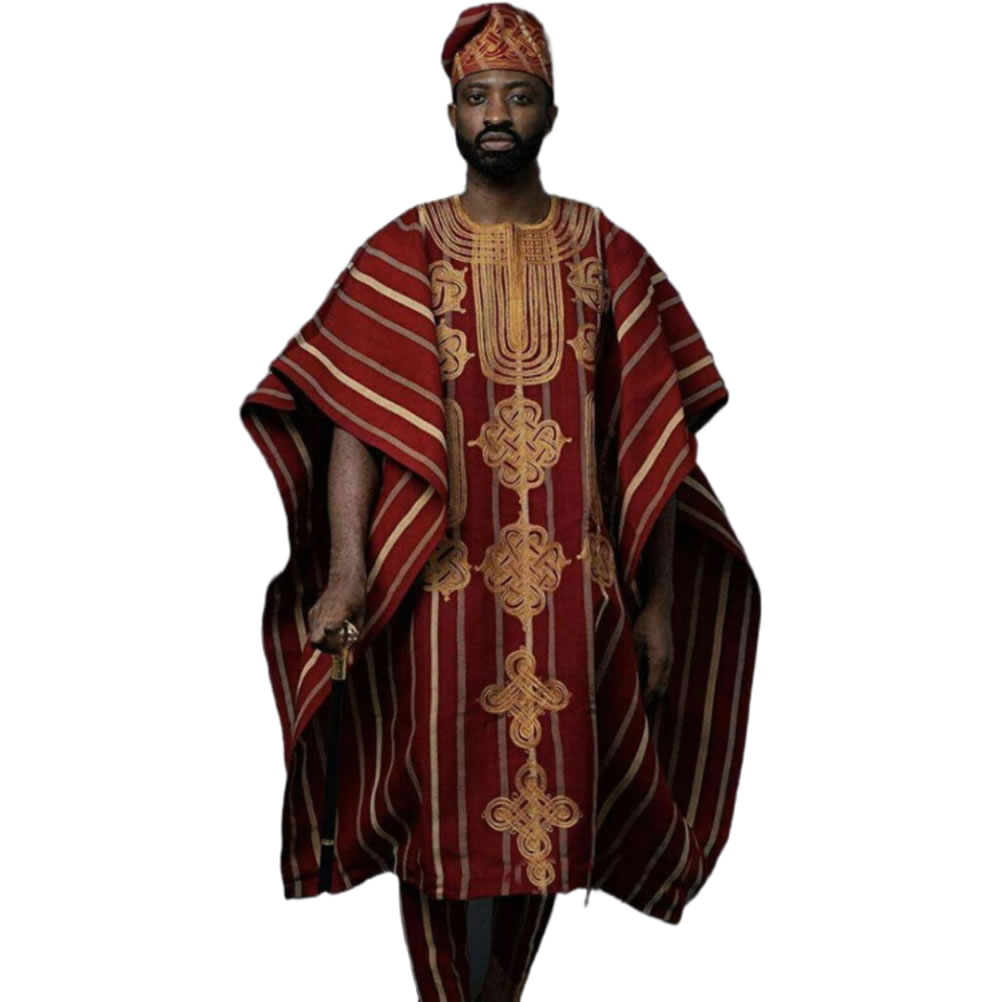

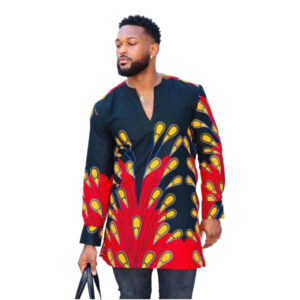
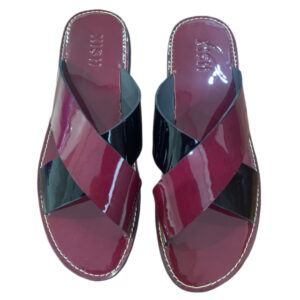
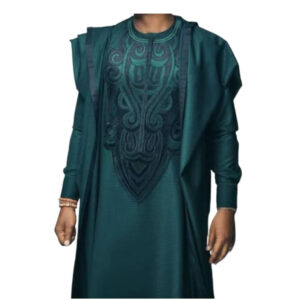
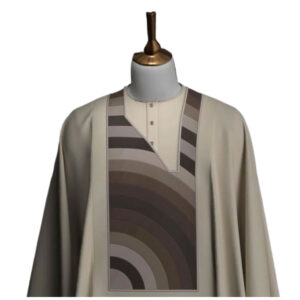
Reviews
There are no reviews yet.